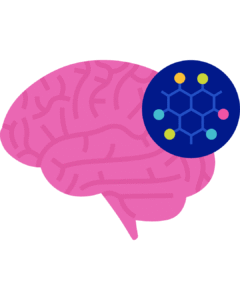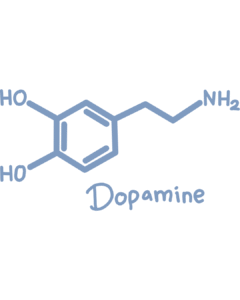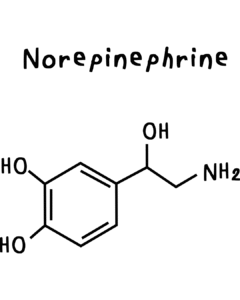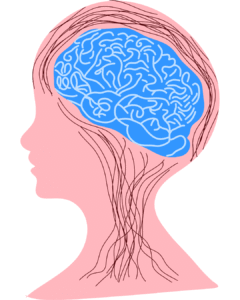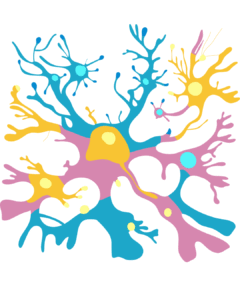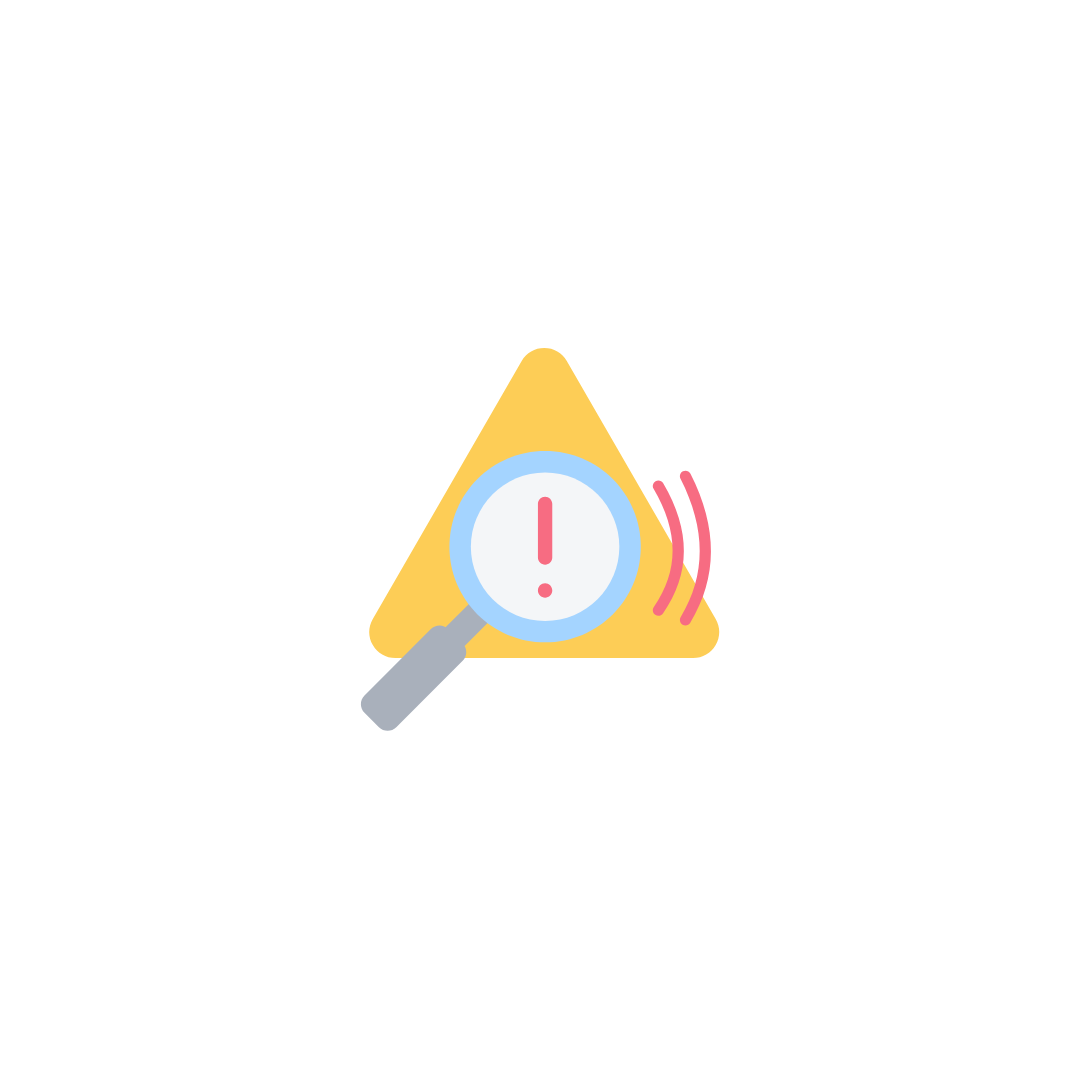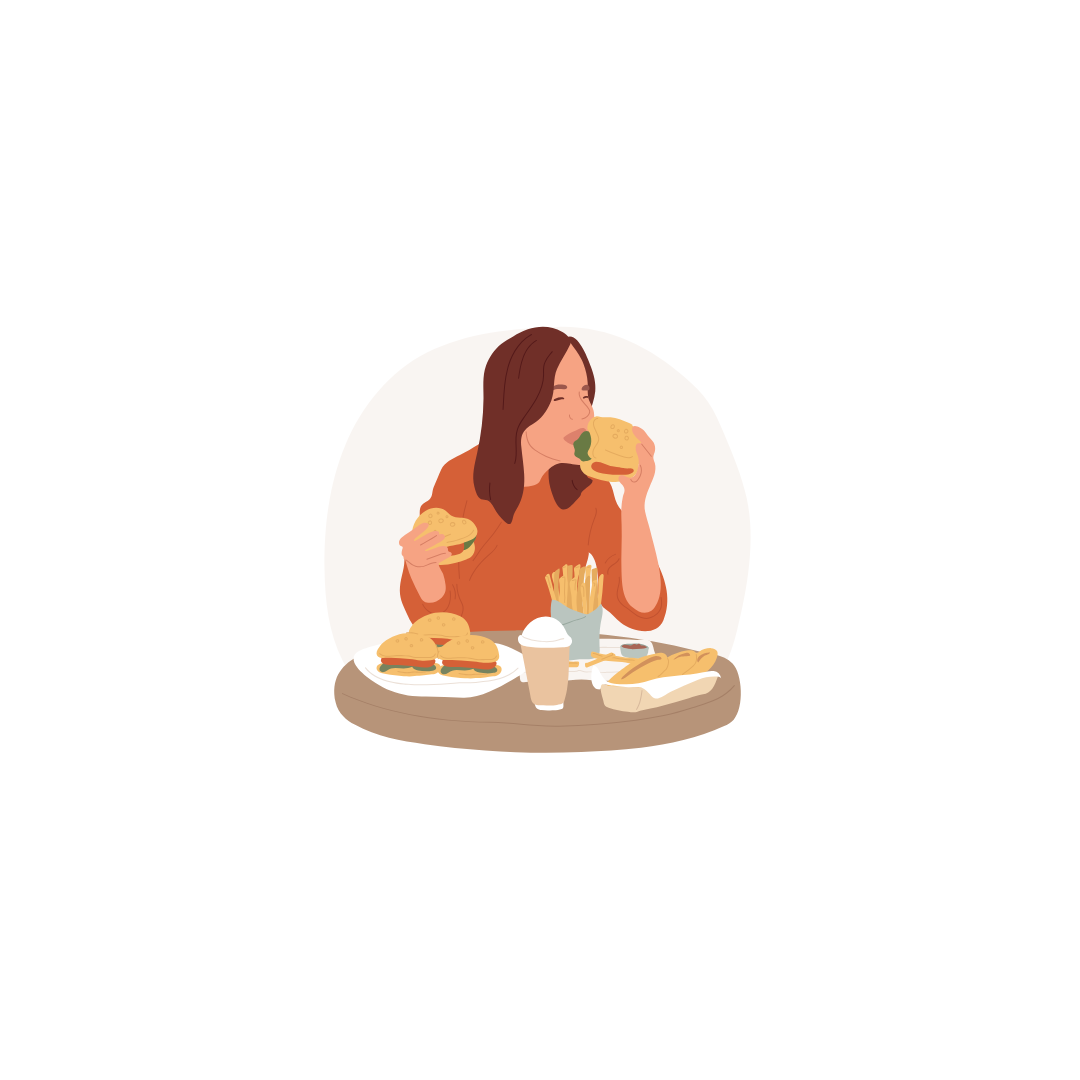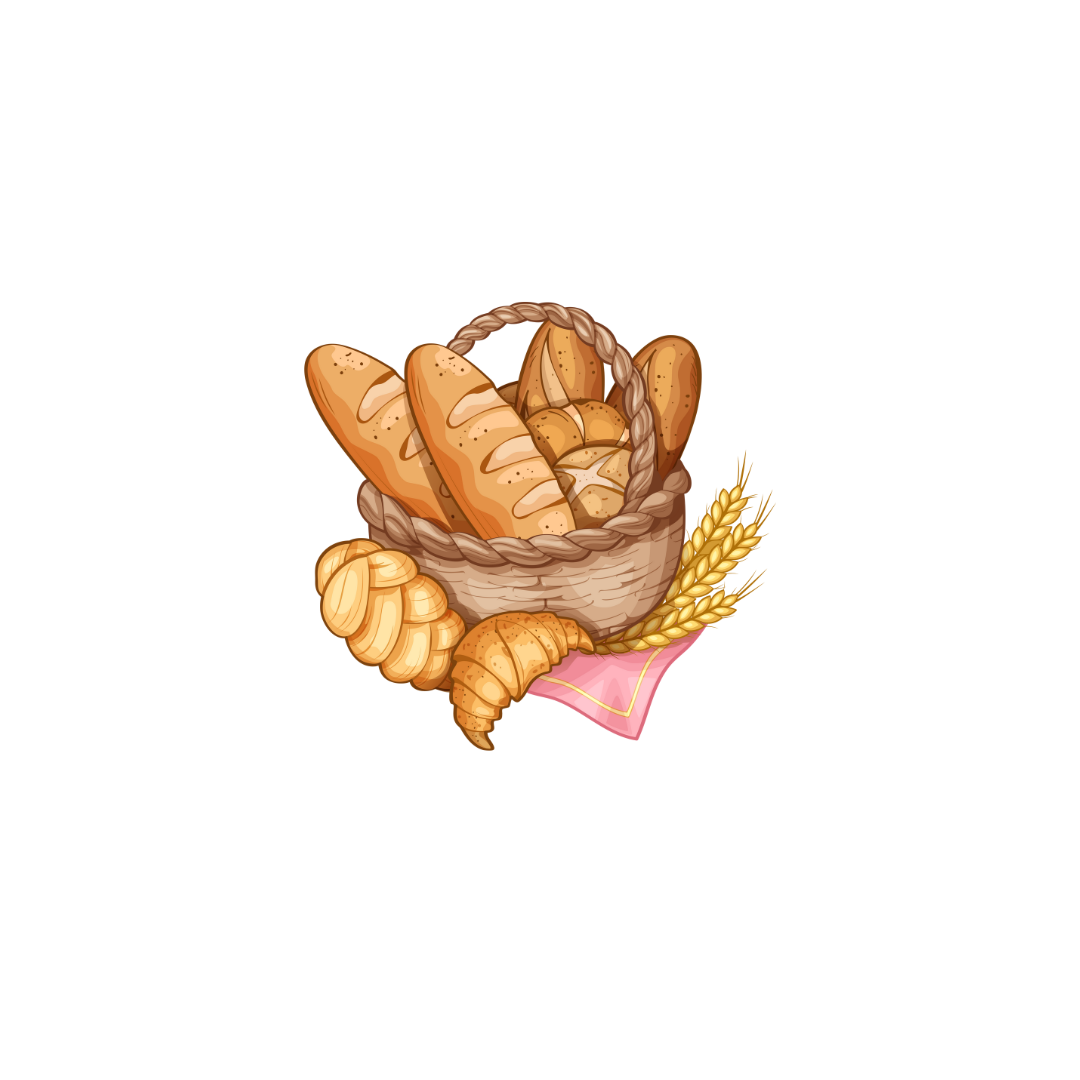Serotonin is a neurotransmitter usually associated with well-being and often called the “feel-good” chemical (3). It keeps our brain focused, alert, and emotionally stable (3). When serotonin levels are normal, we’re happier and calmer, which helps us engage with food in a healthier way (3). We feel satisfied and know when we’re full (4).
But when serotonin levels drop, we can get moody and depressed (3). This can make us crave carbs and sweets since eating them has been found to boost serotonin levels (4). So, if you’re grabbing that chocolate bar when you are down, low serotonin might be the reason.


